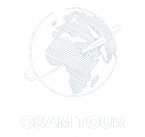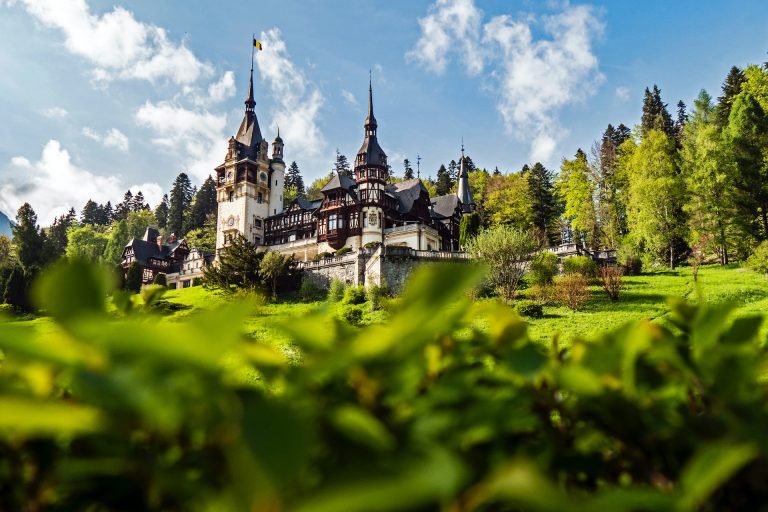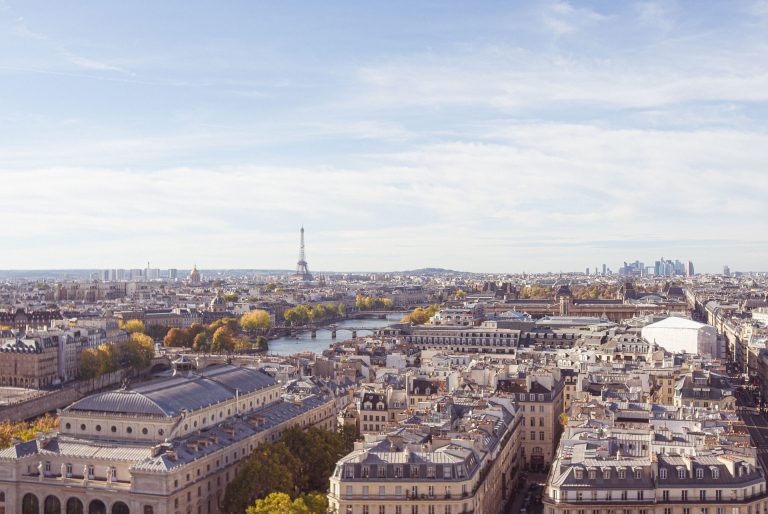BELGIUM Travel Guide: Exploring the Best of European Culture

Welcome to our ultimate Belgium travel guide. From its rich history and architectural wonders to its delectable cuisine and warm hospitality, Belgium offers a tapestry of experiences for every traveler. In this blog post, we’ll provide essential insights into fast facts, the best time to visit, top attractions, money-saving tips, culinary delights, and meaningful souvenirs.
Fast Facts About Belgium
- Climate: Belgium experiences a temperate maritime climate, characterized by mild summers and cool winters. Average temperatures range from 3°C to 23°C (37°F to 73°F) throughout the year.
- Local Currency: The official currency of Belgium is the Euro (EUR). ATMs are widely available, and credit cards are widely accepted in major cities and tourist areas.
- Power Voltage: The standard voltage in Belgium is 230V, and the power sockets typically fit plugs with two round pins. Bring a universal adapter if your devices use a different plug type.
- Language: Belgium has three official languages: Dutch, French, and German. In Brussels, you’ll find a mix of all three, but English is commonly spoken in tourist areas.
- Religion: The majority of Belgians are Roman Catholic, and the country is known for its impressive cathedrals and religious heritage. However, Belgium is known for its religious tolerance.
- Safety: Belgium is considered a safe country for travelers. However, exercise usual caution, especially in crowded tourist areas and public transportation.
- Cultural Etiquette: Belgians value politeness and respect. Greet people with a handshake, and it’s customary to use “Bonjour” or “Goedendag” in Dutch-speaking regions and “Bonjour” in French-speaking regions.
- Tipping: Tipping in Belgium is not obligatory but appreciated for good service. Leaving a 10% tip in restaurants and rounding up the bill for services like taxis is customary.
Best Time to Visit Belgium: Seasons and Festivals
- Spring (March to May): Spring is a wonderful time to visit Belgium, with blooming flowers and pleasant weather. Be sure to visit the Royal Greenhouses of Laeken, usually open to the public in April and May.
- Summer (June to August): Summer is the peak tourist season in Belgium, offering various festivals and outdoor events. The Gentse Feesten in July and the Brussels Summer Festival in August are highlights.
- Autumn (September to November): Fall brings beautiful foliage and milder weather. The Knokke-Heist International Fireworks Festival takes place in August and September.
- Winter (December to February): Winter in Belgium is magical, with Christmas markets and festivities. The famous Brussels Christmas Market usually opens in late November.
- Carnival of Binche (February): Witness the vibrant and UNESCO-listed Carnival of Binche, an iconic event with colorful parades and traditional Gilles costumes.
- Tomorrowland (July): Dance music enthusiasts shouldn’t miss Tomorrowland, one of the world’s biggest electronic dance music festivals held in Boom, Belgium.
Top Attractions and Things to See and Do in Belgium
- Grand Place (Grote Markt), Brussels: Marvel at the architectural beauty of the Grand Place, a UNESCO World Heritage Site, surrounded by opulent guildhalls and the iconic Town Hall.
- Bruges’ Historic Center: Step into a fairytale in Bruges, a medieval city with cobblestone streets, charming canals, and well-preserved historic buildings.
- Atomium, Brussels: Visit the futuristic Atomium, a unique structure representing an iron crystal magnified 165 billion times, offering panoramic views of the city.
- Ghent’s Gravensteen Castle: Explore the imposing Gravensteen Castle in Ghent, a medieval fortress with an intriguing history and stunning city views from its ramparts.
- Antwerp’s Cathedral of Our Lady: Admire the splendor of Antwerp’s Cathedral of Our Lady, showcasing stunning architecture and housing masterpieces by Rubens.
- The Belgian Chocolate Experience: Indulge in the world of Belgian chocolate with tasting tours, workshops, and visits to renowned chocolatiers.
- Ardennes Region: Discover the picturesque Ardennes, a region of rolling hills, dense forests, and charming villages, perfect for hiking, cycling, and outdoor adventures.
- Belfry of Bruges: Climb the Belfry of Bruges for panoramic views of the city and to hear the melodious bells that inspired the movie “In Bruges.”
The Best Ways To Get Around Belgium
- Train Travel: Belgium has an excellent rail network connecting major cities and towns, offering efficient and comfortable transportation.
- Brussels Metro: Navigate Brussels easily with the city’s metro system, covering the main areas and tourist attractions.
- Trams and Buses: Trams and buses are convenient for getting around cities like Ghent and Antwerp, providing access to various neighborhoods and landmarks.
- Car Rental: Renting a car is ideal for exploring the countryside and smaller towns, providing flexibility and independence in your itinerary.
- Biking: Embrace the bicycle-friendly culture of Belgium by renting a bike to explore cities and scenic routes, enjoying a leisurely and eco-friendly experience.
Accommodation Tips: Belgium
- Hotel Options: Belgium offers a wide range of accommodation, from luxurious hotels to budget-friendly hostels. Research and read reviews to find the best fit for your preferences and budget.
- Bed and Breakfasts (B&Bs): Experience Belgian hospitality by staying in charming B&Bs, often run by friendly hosts who can provide local insights and tips.
- Agritourism and Farmstays: Embrace the countryside charm with agritourism and farmstay accommodations, offering a unique experience away from the city.
- Hostels: For budget-conscious travelers, hostels are a great option, especially for solo travelers or those seeking a social atmosphere.
- Booking in Advance: During peak tourist seasons, it’s advisable to book accommodation in advance to secure your preferred stay and avoid last-minute inconveniences.
- Safety Considerations: Belgium is generally safe, but it’s essential to exercise standard precautions and choose reputable accommodations.
- Hotel Locations: Consider staying in central areas to be close to major attractions and public transportation, providing easy access to explore the city.
- Eco-Friendly Options: Look for eco-friendly accommodations that promote sustainable practices, reducing your carbon footprint while traveling.
Belgium Travel Guide: Money-Saving Tips
- City Tourist Cards: Invest in city tourist cards that offer discounts on attractions, transportation, and dining. These cards often provide excellent value for money.
- Free Attractions: Take advantage of Belgium’s many free attractions, such as exploring public parks, historical sites, and vibrant city squares.
- Picnics and Street Food: Save on meals by enjoying picnics in parks or trying delicious street food, like waffles and frites, from local vendors.
- Happy Hour Deals: Enjoy drinks during happy hours when many bars and cafes offer discounts on beverages.
- Discounted Train Tickets: If you plan to travel between cities, consider purchasing discounted train tickets in advance for substantial savings.
- Student and Youth Discounts: If you’re a student or a young traveler, check for discounts at museums, attractions, and transportation options.
- Timing for Flights: If flying to Belgium, be flexible with your travel dates and book flights during off-peak times to find better deals.
- Tap Water: Save on bottled water expenses by opting for tap water, which is safe and readily available throughout the country.
Culinary Delights and Traditional Cuisine in Belgium
- Moules-frites: Indulge in moules-frites, a Belgian classic of succulent mussels cooked in flavorful broth and served with crispy fries.
- Belgian Waffles: Treat yourself to authentic Belgian waffles, served with a variety of toppings like fresh fruits, whipped cream, or warm chocolate.
- Beer: Sample Belgium’s world-renowned beer, with over 1,500 unique varieties to choose from, each offering distinct flavors and aromas.
- Chocolates: Experience the divine taste of Belgian chocolates, crafted with expertise and tradition, making them a delightful souvenir too.
- Stoemp: Try stoemp, a comforting dish of mashed potatoes mixed with vegetables like carrots or leeks, often served with sausages.
Souvenir Ideas: Bringing a Piece of Belgium Home
- Chocolates and Pralines: Bring home a box of delectable Belgian chocolates and pralines from renowned chocolatiers as a sweet reminder of your trip.
- Beer and Glassware: Purchase a variety of Belgian beers or beer glassware, such as tulip or chalice glasses, to enjoy a taste of Belgium back home.
- Lace Products: Consider buying delicate lace products, such as lace tablecloths, handkerchiefs, or lace-trimmed clothing, reflecting Belgium’s lace-making heritage.
- Artisanal Crafts: Support local artisans and shop for handmade crafts like ceramics, wooden figurines, or leather goods, displaying Belgium’s craftsmanship.
- Comic Books: Belgium is famous for its comic book culture. Pick up iconic comic books or graphic novels as unique souvenirs.
Additionally, check out our articles about 2023 top travel destinations in the world, and the best holiday destinations in 2024.






